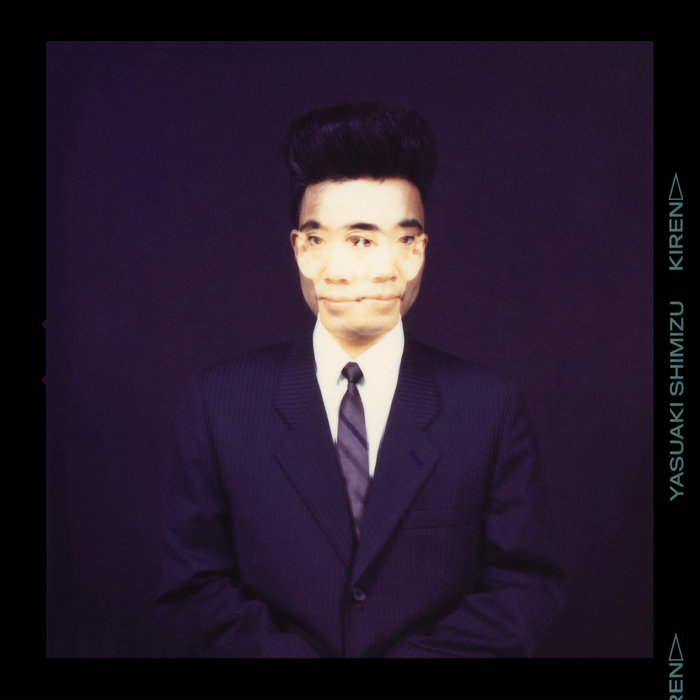National Music Reviews
Yasuaki Shimizu
Kiren
Palto Flats
Street: 02.25
Yasuaki Shimizu = Colin Stetson + Danny Elfman + Ryuichi Sakamoto
While he may be best known for his work in the world of classical music—artfully re-interpreting Bach for his Saxophonettes project—Kiren quite literally takes Yasuaki Shimizu back to his origins as a trailblazer in the Japanese new wave. Shimizu’s newest album isn’t really new at all: It’s a collection of recordings from 1984 intended as the follow-up to 1982’s art-pop cult classic Kakashi. After nearly 40 years, it’s finally seeing the light of day thanks to New York indie label Palto Flats, and filling in a crucial chapter in Shimizu’s career in the process.
Recorded fresh off the dissolution of his band Mariah, Kiren proves itself every bit the crossroads a fan of Shimizu’s work would expect it to be. While the album is deeply enamored with the rhythms and timbres of new wave, throughout the album Shimizu’s blossoming ambitions as a virtuosic saxophonist show through in spades. On “Shiasate,” an initially unassuming marimba pattern gets a jolt of energy from a careening free-jazz fanfare, and on album highlight “Asate” a seductive main sax line undulates around sharp, angular keyboard stabs. Each song builds itself up from jittering, tense rhythms, but Shimizu seems to deliberately craft them with a lack of forward momentum, creating a liminal space where he can use that tension as a medium to layer sounds at a comfortable pace, evaluating how everything is mingling before adding something new. Occasionally his results end up merely interesting (“Momo No Hana” amounts to little more than a handful of song fragments), but more often they unfold patiently and creatively—hearing the mix gradually fill in across “Peruvian Pink”’s 8-minute runtime is nothing short of a delight.
Kiren leans heavily into the experimental, avant-garde side of new wave, and Shimizu’s beauty-via-discomfort methodology might be somewhat alienating to those who prefer their ’80s music catchy and concise. But for anyone with a taste for new wave at its most exploratory, this long-lost gem from the genre’s wild-west heyday manages to prove its worth decades after the fact. –Nic Renshaw

